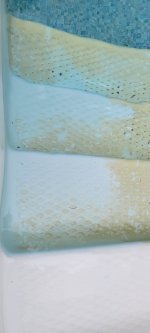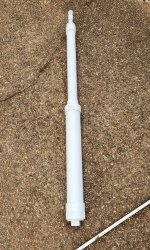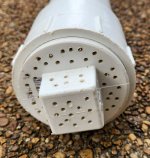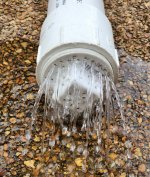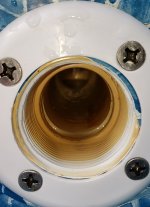I am getting ready to start the AA process as I verified I have Iron staining in my pool. I am positive it came from my fill water as I am on a well. My questions..
1 - I have read that you should maintain with a sequester after completing the AA process. If I used Jacks Pink stuff, how would I know that I am maintaining the proper amount without waiting for the stains to come back?
2 - Has anyone found a floc that will actually bind the iron and allow it to be vacuumed out? CULater claims to remove metals but that doesnt make it true?? Would polyfill catch the iron after performing the AA treatment with sequestering treatment?
3 - Has anyone found a garden hose end filter for removing iron when topping the pool off?
Any other advice or tips would be great.
1 - I have read that you should maintain with a sequester after completing the AA process. If I used Jacks Pink stuff, how would I know that I am maintaining the proper amount without waiting for the stains to come back?
2 - Has anyone found a floc that will actually bind the iron and allow it to be vacuumed out? CULater claims to remove metals but that doesnt make it true?? Would polyfill catch the iron after performing the AA treatment with sequestering treatment?
3 - Has anyone found a garden hose end filter for removing iron when topping the pool off?
Any other advice or tips would be great.


